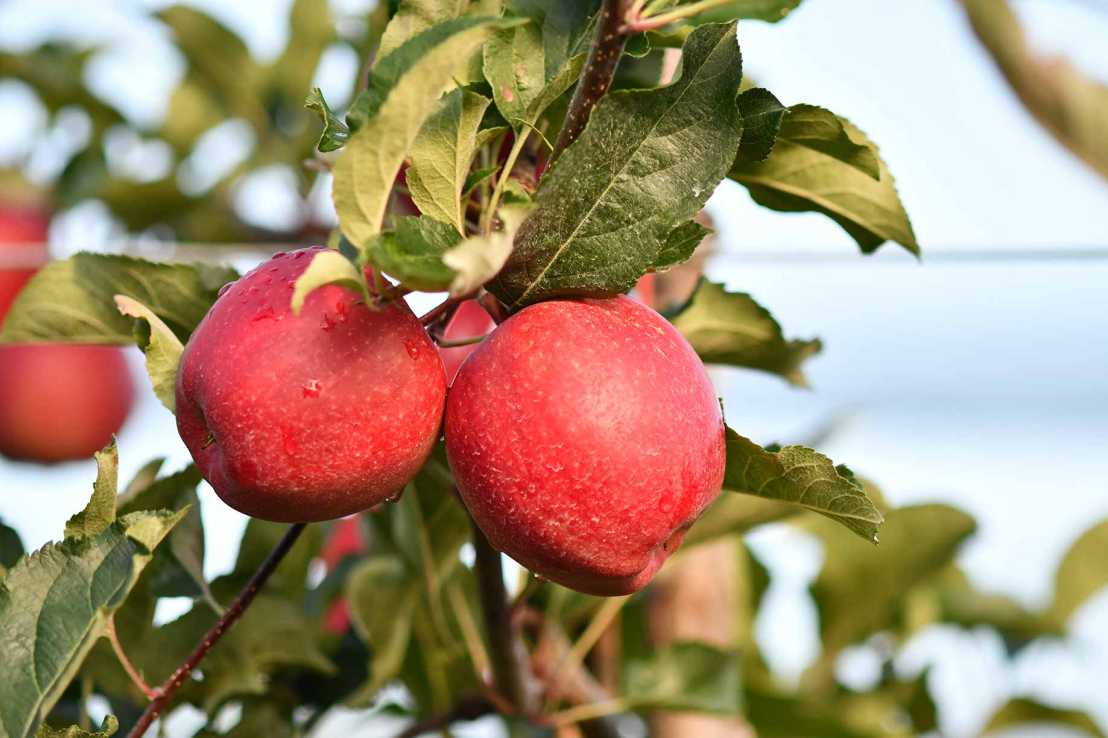Genomics

Molecular genetics is evolving at a rapid pace because of advances in sequencing technology. The increasing number of plant genomes being sequenced is enabling the development of new tools for both fundamental and applied research. This ultimately allows plant breeders to develop custom genomic data for easing and speeding crop improvement. Likewise, fundamental research is now extending to crop species, providing a more applicable outcome of basic science.
Still much remains to be done. The genomes of many crop species are large, complex and heterozygous. This was, and is, a bottleneck for many secondary crop species, for which the development of genetic resources and accompanying tools was limited until recently. Together with other leading institutions in forage grass genomics and four key players in forage crop breeding worldwide, we have joined forces to establish and compare the structure and composition of multiple genomes of multiple forage grass species. So far, we established more than twelve high quality genome assemblies. The identification and characterisation of structural variants in these genomes by graph-based representation methods will bring forage grass genomics and breeding to another level.
Highlights of our research on genomic resources are featured here:
Kyuss v2.0 – THE reference genome sequence for perennial ryegrass
Ultra-long ONT reads with Hi-C enabled the generation of a nearly perfect genome assembly of Kyuss, a doubled haploid perennial ryegrass genotype.
High genomic plasticity and unique features of Xanthomonas translucens pv. graminis
Complete genome sequences revealed a high level of chromosomal rearrangements and to identify features potentially involved in pathogenicity.
First complete genome sequences of representative strains of all Xanthomonas translucens pathovars
We assembled complete genome sequences for relevant strains of these important pathogens of cereal crops and forage grasses.
Accelerating genetic diversity monitoring in grassland plants
A new approach to assess genetic diversity in grassland plants can make large-scale, multispecies monitoring a reality.
A highly complete perennial ryegrass genome assembly
Ultralong Oxford Nanopore reads enable the assembly of large and complex plant genomes.
Xanthomonas theicola harbours a novel type 3 secretion system
The complete genome sequence of Xanthomonas theicola, the causal agent of canker on tea plants, reveals novel secretion systems in clade-1 xanthomonas.
Genome-wide allele frequencies to reliably and accurately genotype buckwheat accessions
Using an adapted genotyping-by-sequencing (GBS) protocol, we show that buckwheat accessions are highly heterozygous and investigate the genetic similarity between accessions.
Genetic characterisation of buckwheat accessions through genome-wide allele frequency fingerprints
Nay et al. describe an approach to genotype buckwheat accessions by reporting population-specific allele-frequencies instead of bi-allelic SNPs. This technique allowed to precisely describe buckwheat breeding material and is an important step to implement molecular plant breeding tools in allogamous buckwheat.
"Reviving plant genetic resources for our future crops"
Article by Dr. Michelle Nay
